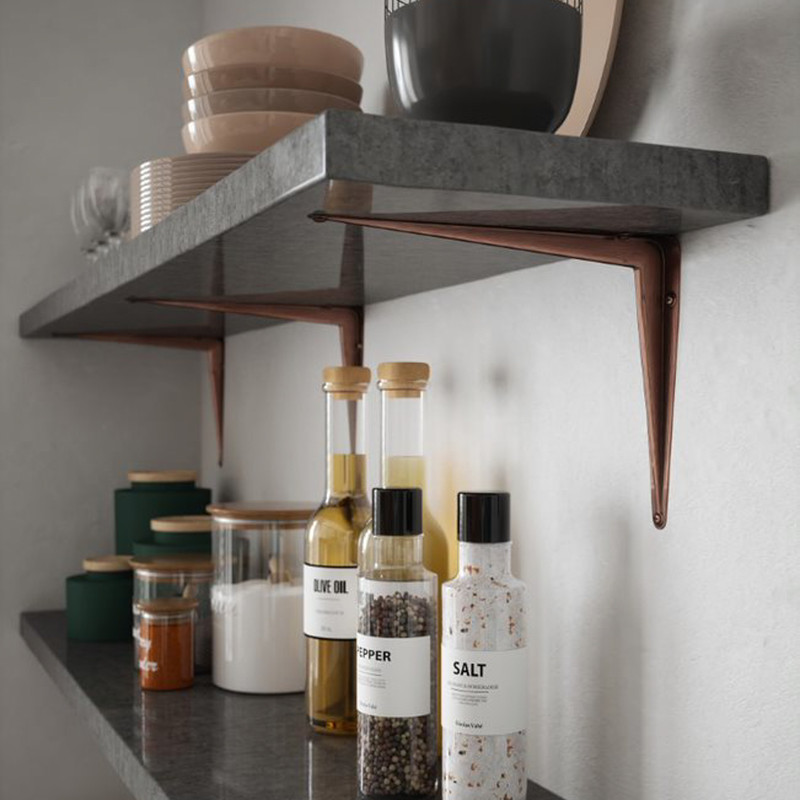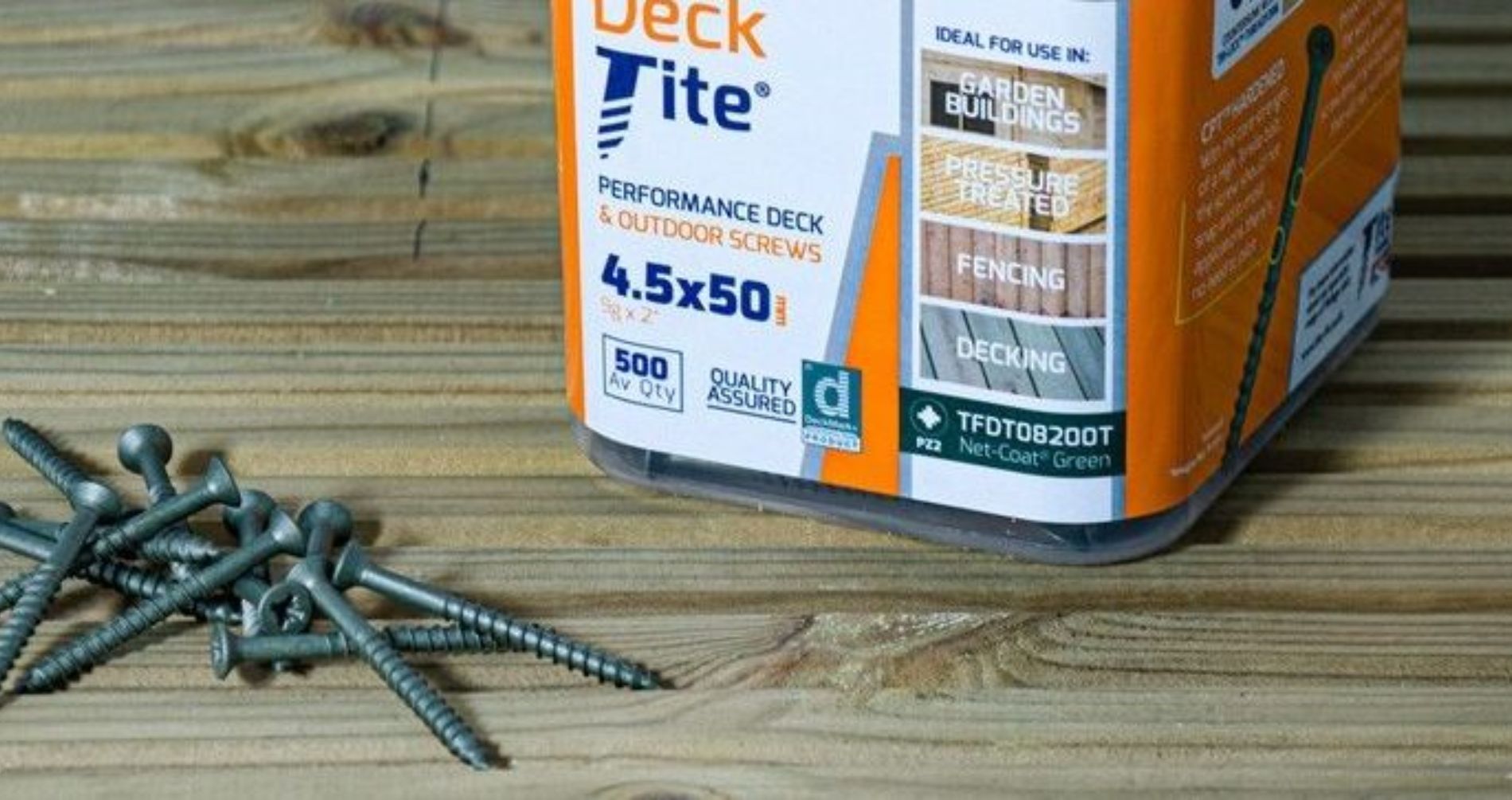When it comes to hanging items securely on your walls, choosing the right wall plug is essential. With a variety of wall plug options available, each tailored to specific needs, making the right choice can often be the key to a successful job.
Whether you're a seasoned tradesperson or a beginner DIYer looking to put up a shelf in your first home, understanding the different types available will help you make informed decisions, ensuring your items are hung safely and securely.
Types of Wall Plugs
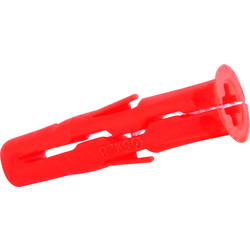
Universal Wall Plugs
Universal wall plugs are widely used plastic plugs that are designed to hold light objects. They typically have ridges or flanges on the outside to grip the wall material. Universal wall plugs are inserted into a pre-drilled hole in the wall. When a screw is driven into the plug, the plug contorts and is pressed against the back of the surface and grips the screw. They can be used in a wide range of surfaces including plasterboard, stone, brick and wood.
Used for
-
Plasterboard, stone, brick and wood
-
Light loads
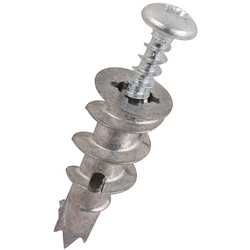
Self Drilling Wall Plugs
Self-drilling wall plugs are designed to simplify the installation process. They have a built-in drill bit, so there's no need to pre-drill holes. These plugs are inserted directly into the wall with a screwdriver or drill. As the wall plug is driven in, it creates a secure hold in the material. From there, you can drive in the screw. They are commonly used in drywall and softer, hollow materials where pre-drilling is not necessary and a secure hold is needed.
Used for
-
Hollow, softer material such as drywall
-
Light loads, mostly up to 5 kg
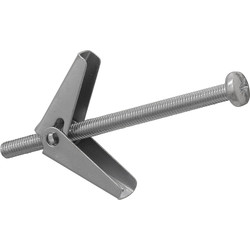
Spring Toggles
Spring toggles consist of a metal toggle and a spring-loaded wing. They are used for heavier loads and ceiling installations where there is a cavity for the wings to hold on to. A spring toggle is inserted into a pre-drilled hole, as the screw is tightened, wings open behind the surface to provide a secure fit.
Used for
-
Plasterboard walls and ceilings
-
Hollow surfaces including cavity floor, hollow metal and sheet wood
-
Light loads, usually up to 22 kg maximum

Metal Cavity Wall Anchor
Metal cavity wall anchors, also known as hollow wall anchors, are designed for hollow walls or ceilings such as drywall. They consist of a metal sleeve that has expanding fins and a screw. The anchor is inserted into a pre-drilled hole and the screw is tightened which causes the fins of the metal sleeve to expand inside the cavity of the hollow surface. When using metal cavity wall anchors, it is recommended that they are installed using an applicator gun to avoid the metal wings damaging the plaster.
Used for
-
Hollow walls or ceilings such as drywall
-
Moderately heavy loads around 20-50 kg
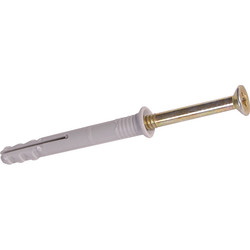
Hammer-In Wall Plugs
Hammer-in plugs are pre-assembled with a screw in the plastic or nylon plug. As the name suggests, they are simply hammered into the wall for a quick installation and tightened with a driver. Hammer-in plugs are used in solid materials such as brick or masonry and can be used for lightweight fixings. They are most commonly used for fixing wood or PVC to concrete, such as stud walls or window and door frames.
Used for
-
Solid surfaces including brick and masonry
-
Fixing wood or PVC to concrete, such as stud walls or window frames
-
Lightweight fixings
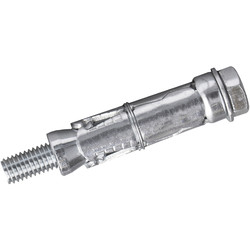
Shield Anchors
Steel bolt anchors, have a nut or bolt and are designed for heavy duty, robust and secure installations. They are typically used in concrete and masonry. Once placed in the hole, the nut is tightened to allow the plug to expand within a pre-drilled hole and create a firm hold inside the material. A hole is drilled into concrete or masonry, and the steel bolt anchor is inserted. As a nut is tightened, the plug expands, gripping the walls of the hole and creating a firm hold.
Used for
-
Solid surfaces such as concrete and masonry
-
Heavy loads
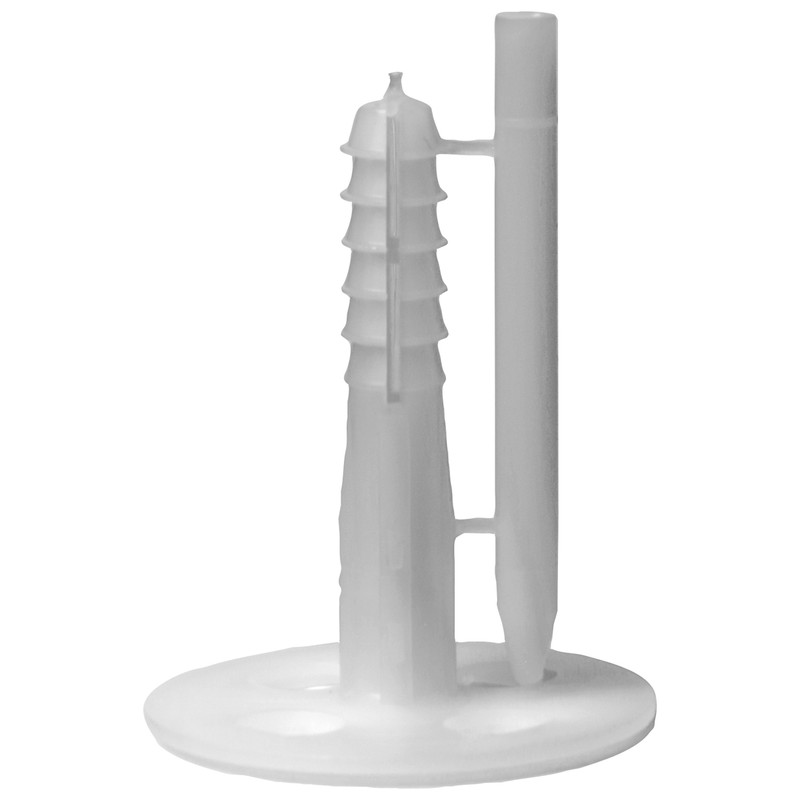
Insulation Fixings
Insulation fixings are specialised anchors used in construction to secure insulation materials in place, usually outside. They work similarly to hammer-in plugs but are used after insulation has already been glued down. A washer creates a secure connection to the insulation. Insulation fixings come in a range of lengths for any material thickness.
Used for
-
Securing insulation materials to create an airtight fit
-
Minimising energy loss in a building
Key Wall Plug Considerations
Substrate Material
One of the main considerations when choosing a wall plug for a job is the material you’re installing the plug into. Some substrates are harder, such as concrete, stone and brick, while others are softer like plasterboard, plastics or softwoods.
Additionally, you’ll need to keep in mind whether there is a cavity behind the material. If so, many wall plugs will not work properly as they need something to grip to. For these jobs, you’ll want to use a spring toggle wall plug or metal cavity wall anchor, which grip to the back of the material for a firm hold.
Diameter
The diameter of a wall plug determines its strength and therefore the weight of the object it can hold up. For small loads less than 20 kg, the ideal diameter of a wall plug ranges from 3mm to 5.5mm. For moderate loads between 20 kg and 50 kg, look out for 6mm to 8mm diameter wall plugs. Heavier loads above 50 kg need wall plugs with a diameter of 10mm or greater.
However, it’s important to note that weight capacity and wall plug diameter can vary, so make sure to check the manufacturer’s instructions before installing a wall plug.
Length and Depth
The longer the wall plug, the more secure it will be. For that reason, it’s best to choose the longest fixing you can find with the diameter you need. However, remember to consider how thick the material is that you’re drilling the wall plug into and use a detector to check you won’t hit any cables or pipes.
However, length is less important when drilling into plasterboard as there is a cavity behind. In these cases, you want a wall plug that spreads the load evenly behind the material as opposed to within the material.
Plug Material
You’ll find wall plugs made of plastic, nylon or metal. Metal wall plugs will usually be suited to heavy duty applications but plastic and nylon plugs, depending on their structure and specific features, are also commonly used for heavy loads. Nylon can withstand more heat that generates when a screw is driven in than plastic, so it's a popular low-cost choice for moderate-to-heavy loads.
In some cases, the best plug material for a job may be determined by a fire rating. This is because nylon and plastic cannot be used in jobs and on sites that need fire rated wall plugs, so metal fixings must be used.
Weight of Object
The weight of the object you’re fixing is an important factor when choosing a wall plug. Wall plugs with a larger diameter will generally be able to hold more weight, but you also need to balance the material you’re securing the object to and the material of the wall plug.
It is essential to read the manufacturer’s guidelines when it comes to the load that a wall plug or fixing can carry. Using a wall plug not suited to heavier weights could be extremely dangerous.

